The U.S. housing market has seen rapid appreciation over the last decade, but not all cities are built for long-term stability. While some regions continue to thrive, others face growing risks that could lead to sharp declines in home values. Economic downturns, population shifts, climate risks, and affordability issues are putting certain major housing markets in jeopardy. If these trends persist, these ten cities could see significant downturns—or even collapse—by 2030.
1. Austin, Texas

Austin’s real estate market exploded during the pandemic as tech companies expanded and remote workers flocked to the city. Home prices skyrocketed, and for a time, Austin was one of the hottest housing markets in the country. However, with rising property taxes, an increasing cost of living, and a cooling tech industry, the city’s growth is slowing. Many buyers who stretched their budgets for high-priced homes may find themselves in trouble if prices continue to decline.
On top of that, Austin’s infrastructure struggles to keep up with its rapid growth, leading to congestion and quality-of-life concerns. As remote work remains the norm, fewer people feel the need to live in Austin for job opportunities. This has led to a slowdown in demand, with homes sitting on the market longer than before. If these factors continue, Austin’s housing market could see a sharp correction by the end of the decade.
2. San Francisco, California

San Francisco has long been notorious for its astronomical home prices, but the cracks in its housing market are becoming more apparent. The city has faced a significant exodus of residents in recent years, driven by the shift to remote work and concerns over crime and homelessness. Office vacancies remain high, reducing the demand for housing among professionals who no longer need to live near Silicon Valley. With fewer buyers and growing affordability challenges, home values are at risk of substantial declines.
Additionally, San Francisco’s high taxes and cost of living make it one of the most expensive places to reside in the U.S. Many residents are choosing to relocate to more affordable regions, leading to a shrinking population. As more tech companies move their headquarters elsewhere, the demand for high-end real estate in the Bay Area continues to weaken. If this trend persists, the housing market could experience a dramatic collapse in the coming years.
3. Phoenix, Arizona
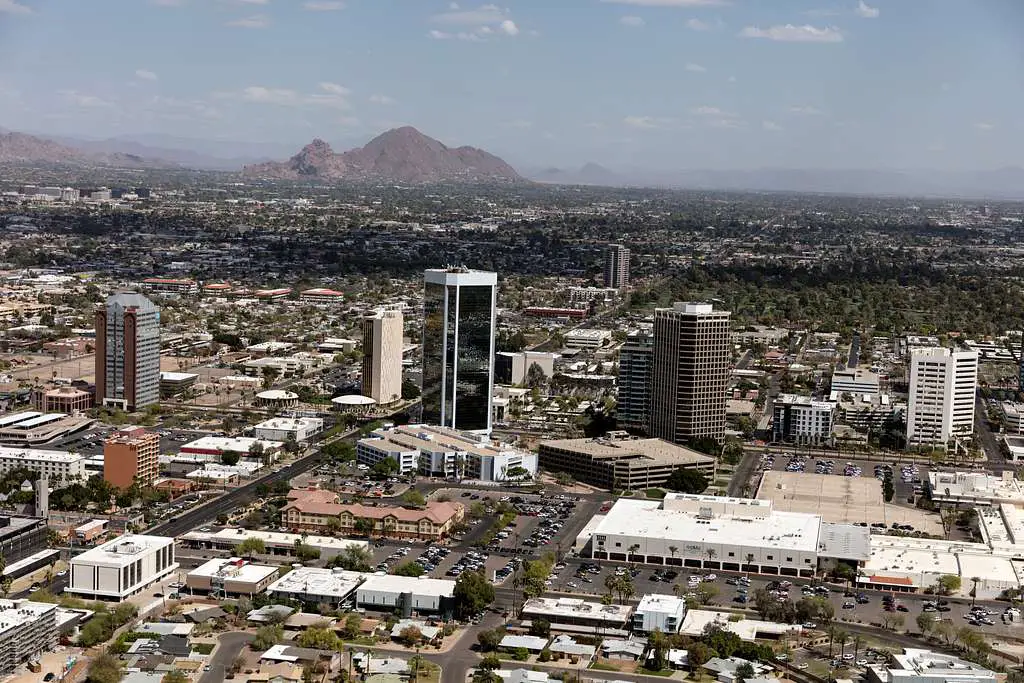
Phoenix saw a surge in home prices during the pandemic, driven by an influx of out-of-state buyers. Investors, in particular, scooped up properties, leading to bidding wars and artificially inflated values. However, the market is now cooling, and home affordability is becoming a serious issue for local buyers. With rising mortgage rates and stagnating wages, many homeowners could find themselves underwater if prices drop further.
Climate change is another major concern for Phoenix, with increasing heat waves and water shortages making long-term living conditions less appealing. The city’s reliance on the Colorado River for water is already strained, and experts predict worsening shortages in the coming years. If extreme weather events continue to impact the region, demand for housing could decline sharply. Without sustainable solutions, Phoenix’s once-booming real estate market could take a steep hit by 2030.
4. Boise, Idaho
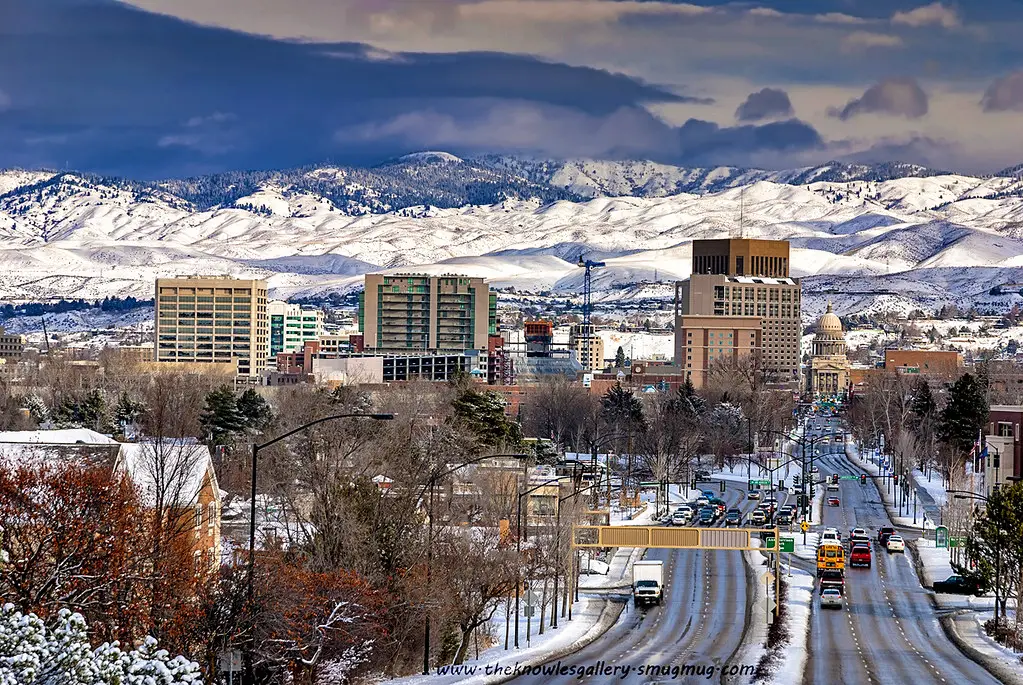
Boise became a surprising real estate hotspot during the pandemic as buyers from California and other expensive states moved in. Home prices soared, making the city one of the fastest-growing housing markets in the country. However, this rapid growth has led to affordability concerns, pricing many locals out of the market. Now that interest rates are higher and out-of-state demand has cooled, Boise’s housing market is at risk of deflating.
The job market in Boise is not as diverse as in larger metropolitan areas, making it vulnerable to economic downturns. Many of the industries fueling the housing boom relied on continued population growth, which is now slowing. If demand continues to decrease while home prices remain high, Boise could see a sharp correction. Homeowners who bought at peak prices may struggle to sell without taking significant losses.
5. Nashville, Tennessee

Nashville has been a magnet for new residents and investors, leading to massive home price increases in recent years. The city’s booming entertainment, healthcare, and tech sectors attracted thousands of transplants looking for affordability compared to coastal cities. However, as home prices continue to rise, the cost of living is becoming unsustainable for many locals. Wage growth has not kept pace with housing costs, putting pressure on both buyers and renters.
Additionally, an oversupply of new developments could lead to declining property values. Builders rushed to capitalize on Nashville’s growth, but if demand slows, many of these new properties could sit vacant. Rising interest rates and a potential economic slowdown could further dampen demand, making it harder to sell homes at current prices. If Nashville’s growth slows or reverses, its housing market could face a significant downturn.
6. Las Vegas, Nevada

Las Vegas has long been known for its boom-and-bust real estate cycles, and its current market is showing signs of another downturn. Investors and second-home buyers helped drive up prices in recent years, but many are now pulling out. High mortgage rates and increasing living costs are making it harder for middle-class buyers to afford homes. As a result, housing demand has weakened, and prices are starting to decline.
Water scarcity is another critical issue threatening Las Vegas’s long-term housing market stability. The city relies heavily on Lake Mead, which has reached historic lows in recent years. If water restrictions tighten and residents face higher utility costs, fewer people may want to move to the area. Combined with economic concerns, these factors could cause a housing market collapse by 2030.
7. Denver, Colorado
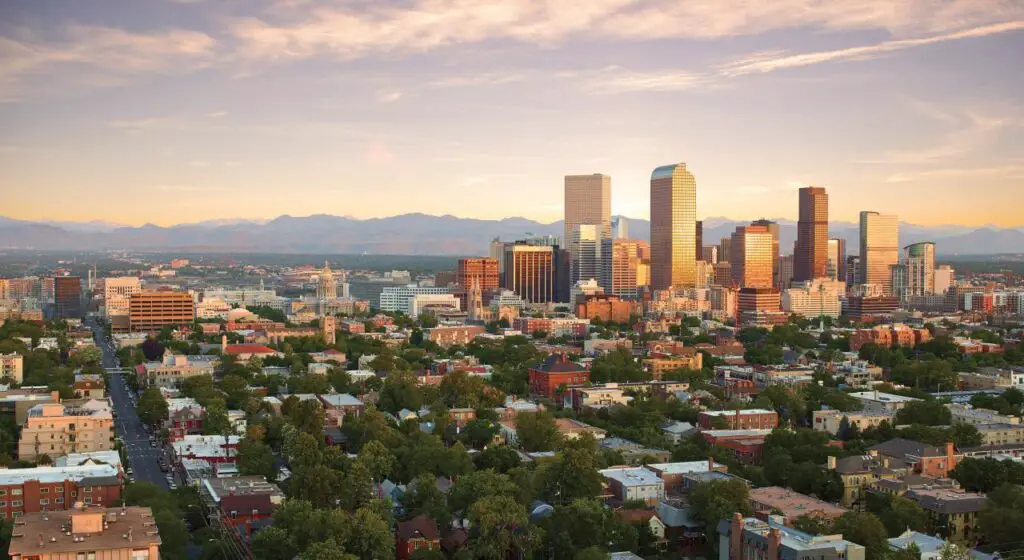
Denver’s housing market thrived for much of the last decade, but affordability is now a growing issue. Home prices have risen so much that many middle-class buyers are struggling to enter the market. As interest rates climb, demand has slowed, leaving many properties on the market for longer than before. If price corrections continue, homeowners who bought recently could see their equity vanish.
The city’s job market remains strong, but many workers are opting to relocate to more affordable regions. States like Texas and Arizona offer lower housing costs and comparable job opportunities. Additionally, Denver’s housing market was heavily influenced by migration during the pandemic, which has since cooled. Without continued growth, Denver’s real estate market could be in trouble.
8. Portland, Oregon
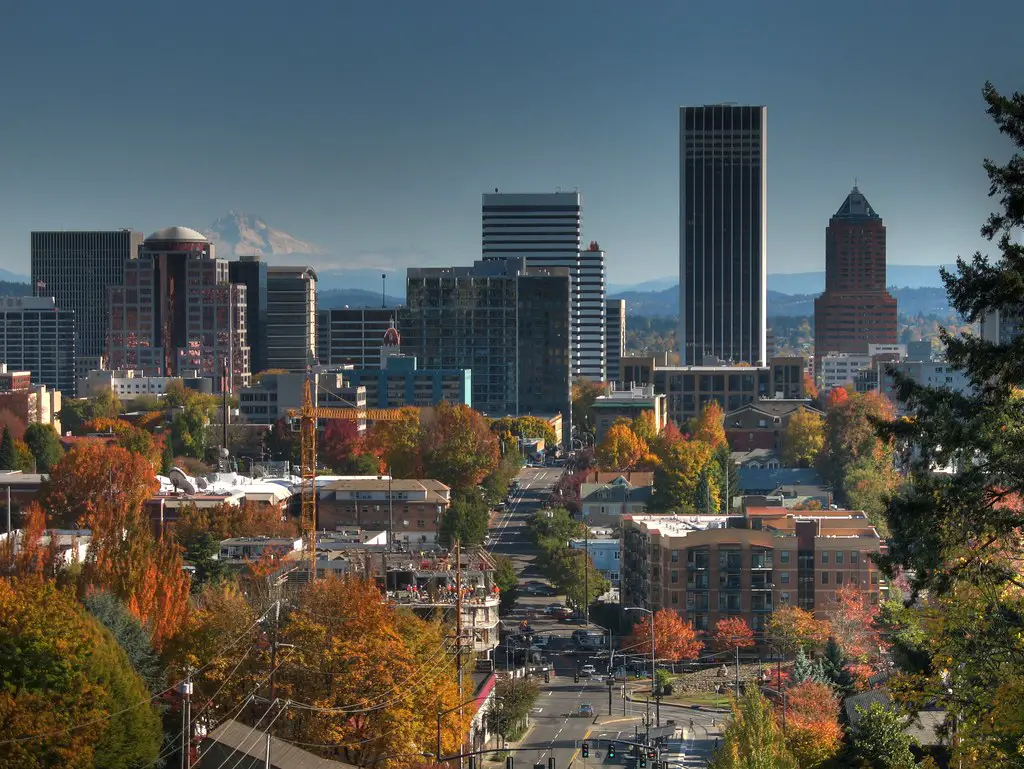
Portland’s housing market is facing several challenges, including affordability concerns and rising crime rates. Many residents are moving to suburbs or other states in search of lower costs and a better quality of life. Additionally, the city’s strict zoning laws make new housing development difficult, keeping supply tight but also driving up prices. If migration out of Portland continues, demand for housing could drop significantly.
At the same time, the local economy is struggling to recover from pandemic-related slowdowns. Businesses have closed, and downtown vacancies remain high, reducing economic activity in the city. These economic struggles are directly impacting home values, as fewer people are willing to buy in uncertain conditions. If these issues persist, Portland’s housing market could see a major decline by 2030.
9. Miami, Florida
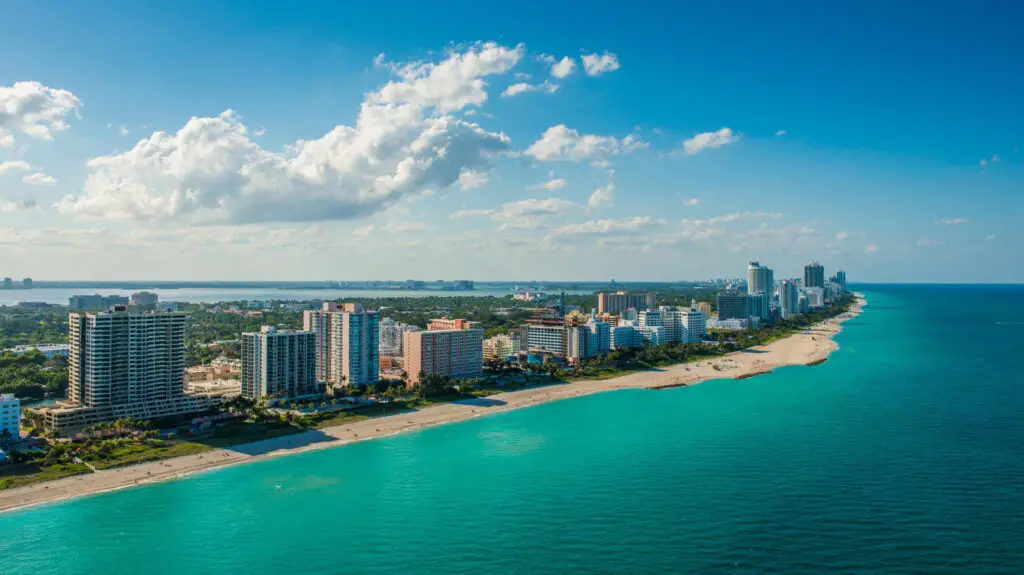
Miami has long been a desirable destination for homebuyers and investors, but its housing market is showing signs of strain. The city saw a massive influx of out-of-state buyers, particularly from New York and California, during the pandemic, causing home prices to skyrocket. However, with rising interest rates and a slowdown in investor activity, demand is starting to wane. Many potential buyers are priced out, leaving a growing number of high-end properties sitting on the market longer than before.
Another looming threat to Miami’s housing market is climate change. Rising sea levels and an increase in extreme weather events make the city more vulnerable to flooding and hurricanes. Insurance premiums are climbing, making homeownership even more expensive. Some experts believe that as these risks become more pronounced, fewer people will be willing to invest in Miami real estate, leading to a potential collapse in home values by 2030.
10. New Orleans, Louisiana
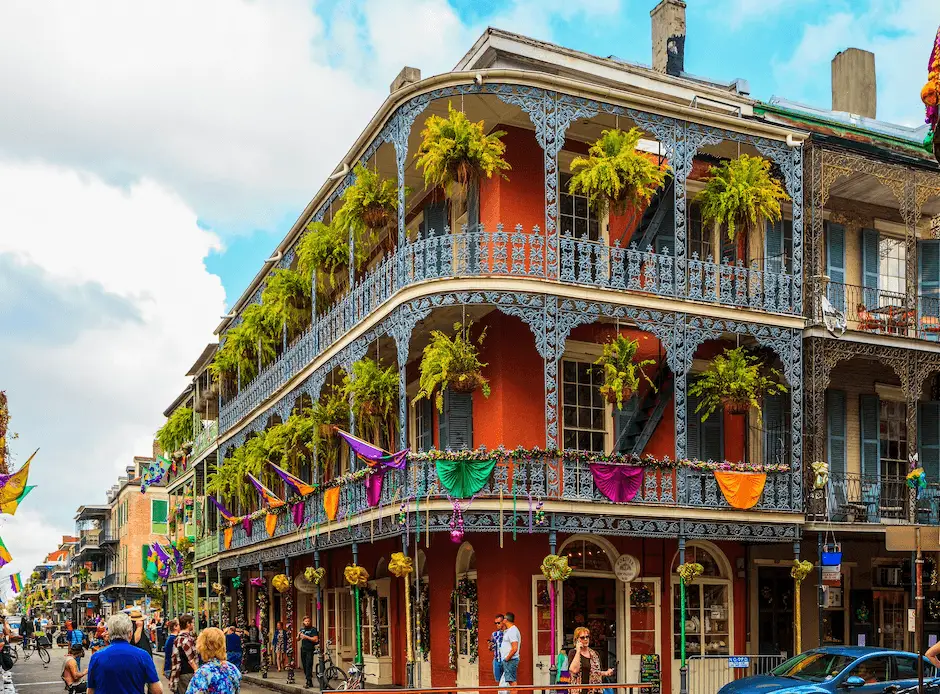
New Orleans is another city facing significant climate risks that could impact its housing market. The city’s real estate has remained relatively affordable compared to other major metros, but frequent flooding and hurricanes are making homeownership increasingly risky. Insurance rates are soaring, and some homeowners struggle to find coverage at all. If this trend continues, many properties could become unsellable, leading to sharp declines in home values.
Beyond climate concerns, New Orleans is also dealing with economic struggles and population decline. Job opportunities in the city remain limited, and many younger residents are leaving in search of better prospects elsewhere. The city’s infrastructure is aging, and ongoing crime concerns have further driven migration out of the area. If these challenges persist, the demand for housing could continue to drop, potentially causing a major market downturn by 2030.
